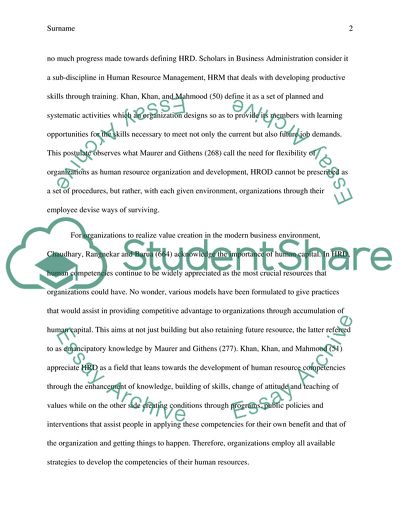Cite this document
(Human Resources Development Term Paper Example | Topics and Well Written Essays - 1500 words, n.d.)
Human Resources Development Term Paper Example | Topics and Well Written Essays - 1500 words. https://studentshare.org/human-resources/1801671-human-resources-development
Human Resources Development Term Paper Example | Topics and Well Written Essays - 1500 words. https://studentshare.org/human-resources/1801671-human-resources-development
(Human Resources Development Term Paper Example | Topics and Well Written Essays - 1500 Words)
Human Resources Development Term Paper Example | Topics and Well Written Essays - 1500 Words. https://studentshare.org/human-resources/1801671-human-resources-development.
Human Resources Development Term Paper Example | Topics and Well Written Essays - 1500 Words. https://studentshare.org/human-resources/1801671-human-resources-development.
“Human Resources Development Term Paper Example | Topics and Well Written Essays - 1500 Words”. https://studentshare.org/human-resources/1801671-human-resources-development.


